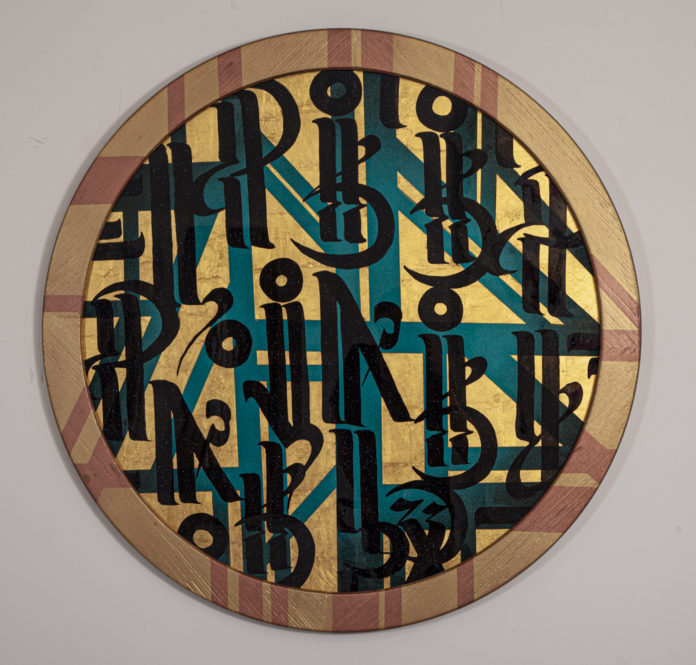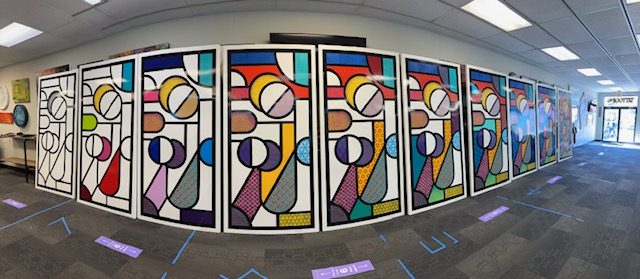
ART MIAMI MAGAZINE
INTERVIEW WITH CLARK MEDLEY BY MILAGROS BELLO
Milagros Bello interviews artist Clark Medley (artist lives and works in St. Louis, Missouri). Clark has developed a midcareer as an artist using new languages and singular techniques that produce multiple levels of reading on his concepts, his methods of working, and his perspective for the contemporary art.

Milagros Bello: In your works it dominates a ductile and fluid serpentine line which interrogates on the power of the geometric forms and their potential evocations or allusions to immanent worlds. What would be the sense and the expression of the arabesque-like lines you trace? What do they hide or evoque? What are their veiled dimensions?
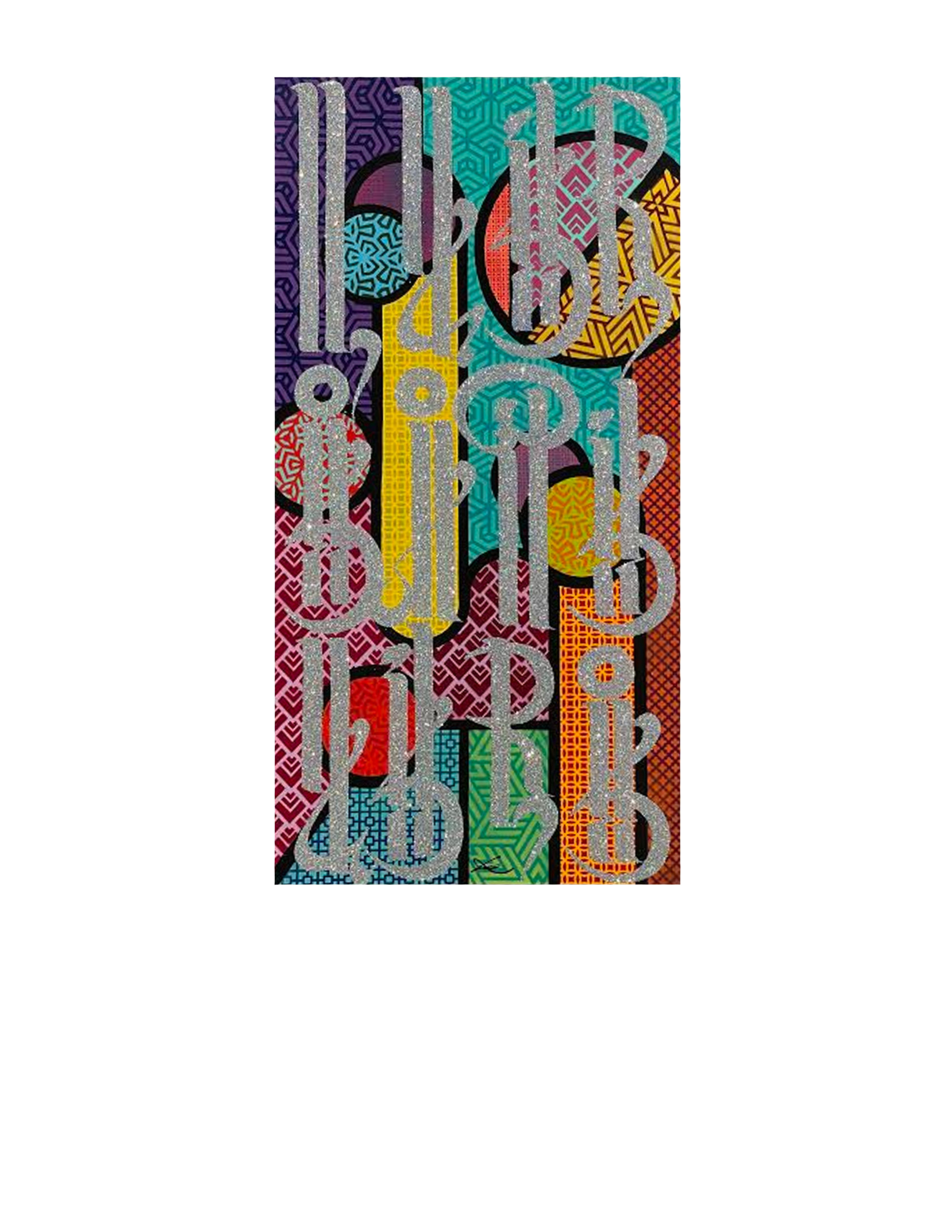
Clark Medley: I love this question because lines dominate my work, from geometric shapes to cryptic forms. Every geometric shape comes from nature first then they evolve to circles, squares, stars. Starting with these shapes I begin to exaggerate/duplicate/transform/mutate/ these forms to patterns. From there the whole composition develops into a complex ensemble cryptic forms which all are imaginary words It is not by chance that geometric forms are eye pleasing. Most come from ancient civilizations, from every culture and religion, it is a familiar form in our subconscious minds. All religious symbols are geometric and cryptic related. I use these elements in my works to attract the viewer into the forms people are familiar with, then letting people to imagine what the cryptic calligraphy words would say, bringing ancient and modern line approaches work together to tell a story.
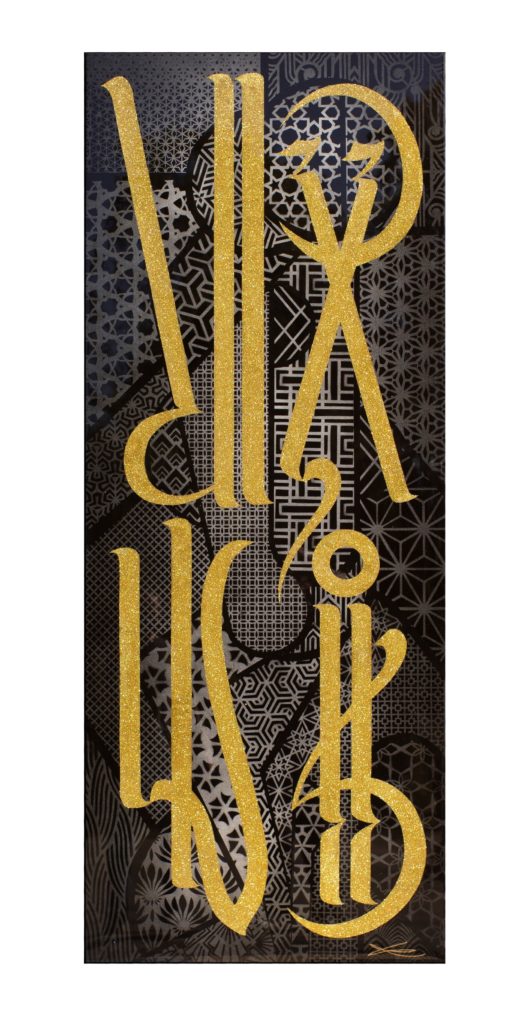
MB: Your mixed media technique involves a complex interaction in between diverse and sometime opposite materials such the use of gold leaf, acrylic, resin, giving out to glimmering effects and frosty surfaces. Explain why and how do you use these rich materials in your work?
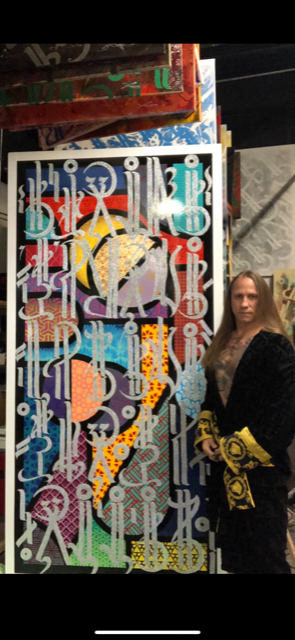
CM: I am very calculated on the materials I use in my works. I need a juxtaposition of surfaces in which I mix gold leaf, paint, resin, and glimmering materials. But there is one thing that is often overlooked within my work and that is the light. I need light to make my paintings come to life. Reflections are a must for me, weather I use a high gloss surface, or metal leaf. I want the viewer to feel like they are present in my works, that they can navigate inside the forms, and through the sparkles that come from the glimmering materials. I will use any kind of material to create the emotion or the motion that comes from light. Then the painting comes to life. Motion and emotion go hand in hand in my works. I could not achieve those factors with just oil or acrylic. I think in layers and in multi-dimension visions, so I need a multitude of mediums to achieve this.

MB: In 20th century art, we were accustomed to understanding artists as dedicated univocally to their specific artistic creation, exempted to any other profession and/or practice. I understand you come from a tradition of Tattooing, and that you have had an important mentor in your profession. Could you talk to us about your tattooing practice and your mentor?

CM: I have been in the tattoo industry for over 31 years now. Tattooing for so many years gave me the practice and the means to refine my artistic forms. Tattooing is one of the oldest arts on earth, yet when I started tattooing, it had a negative stigma attached to it. Only bikers or criminals tattooed. Fast forward 31 years, now tattooing is completely different, the stigmatism is gone, tattooing is nowadays a high and respected art medium.
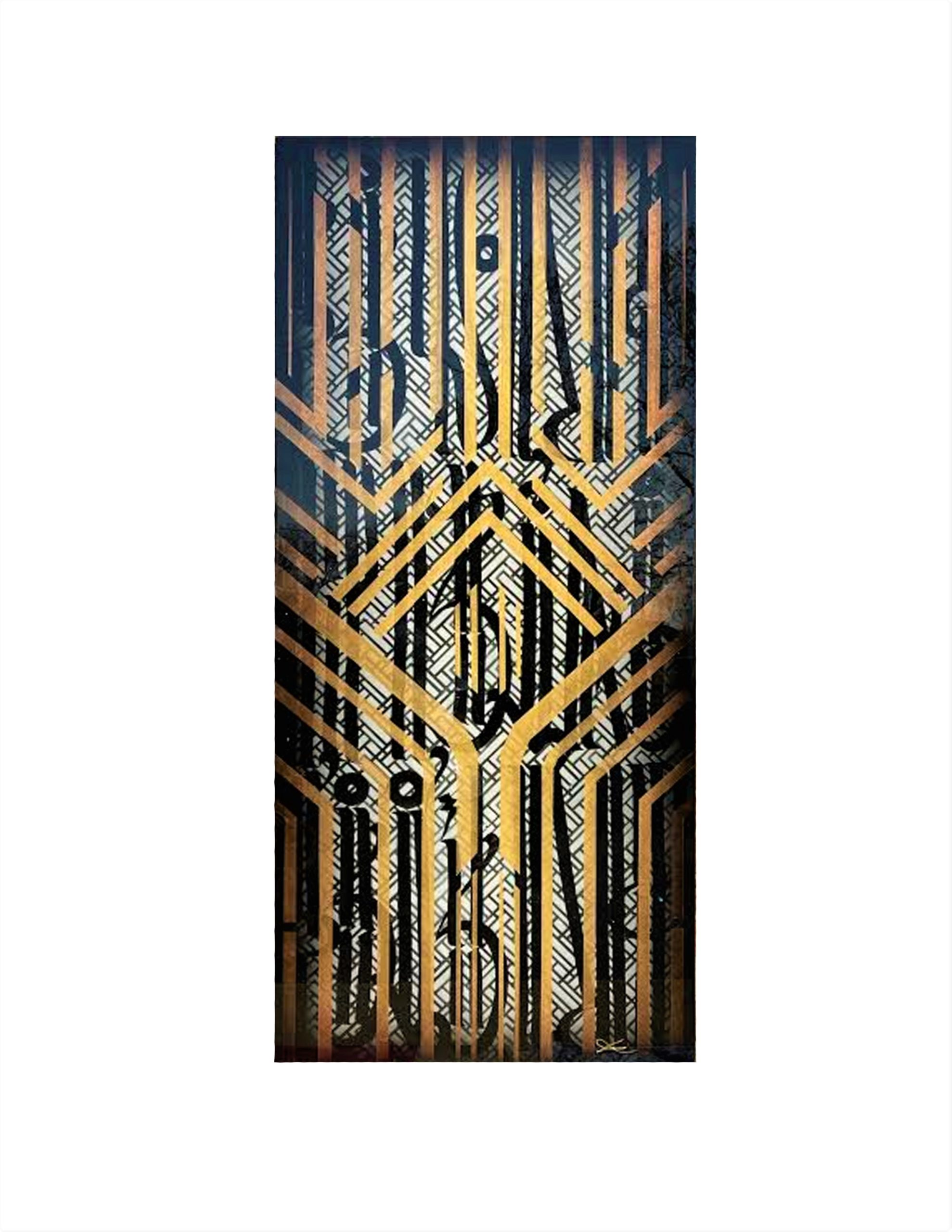
I was lucky enough to find a mentor to take me under his wing and wholly apprentice me. Honestly, I would not be where I am today if he had not taken the chance on me. Sadly, my mentor died just over a year and a half ago; we worked together side by side for 30 years. His name was Don Will.

Tattooing is found in my paintings if you know how to look at it. Tattooing is subtly mingled in it. In my tattooing I use calligraphy-type words and typography language as I translate them into my paintings. Thus, tattooing and its typographic language have inspired me to create encoded stories, encrypted narratives, in my artwork. Undeniably, I do love creating accounts of life in my paintings.
MB: I understand that for your tattoo designs you engrave them in wood, and that you already have an extensive collection of these designs which at a certain point become a legacy of another level of your creation. Tell us about this.
CM: I have been working over the last 7 years on a series of life-size traditional Japanese style wood block tattoo body suits. Each block takes over 300 hours to complete. They already are an important group of my creation. Now, I have begun working on a next series focused on images of larger-than-life babies that are completely tattooed, in the same imagery taken from the masters of tattooing from the 20th century, such as Ed hardy, Lyle Tuttle, Sailor Jerry, Bob Shaw, and a others.

MB: I have observed that your titles are very singular and cryptic. Explain us how did you get them?
CM: My titles are direct and to the point. They come from stories and moments of my life. I extract them from my immediate experiences. They emerge from whether I am feeling down, upset, or venting some situation. I take a poetic approach as if in writing. I could be so touched by the message of a moment, that I paint it. In looking into a visual scene, instead of taking a picture, I just extract the words, the conversation, or the sounds that relate to that moment and I translate them into words for the title. Bringing the world of poetry and art together, the name in my paintings reflects an existential instant that is visual, acoustic, and wordy at the same time. My mood will come out in words as well as a visual aesthetic. Keeping a title cryptic will let the viewer come up with their own conclusion on what the painting is about. This is how I conceive my titles.
MB: What have been your inspirations, influences, master guides in your artistic work? Any names, movements, styles? Why and how have they inspired you?
CM: My inspirations to create come from a vast array of elements or situations. Anything could become a boost in my work, from a color, a material, a conversation, a travel, a music. They could emerge from any time or any place. I come into contact with this stimulus, absorb it, and once processed, it becomes form, shape, and light.
As art references I could name artists like Tamara De Lempicka, Mark Rothko, and some tattoo artists, and graffiti writers like Mayonaize, Pokras Lampa. And some other artists like Phil Jarvis, Michael Vasquez, Josh Rowan, Peat Wollaeger, with which I have become friends over the years. All have served me as important references and in different ways over my life.
Important movements in the art world could be 100 years apart or be current for me. The art deco movement of the 1920’s and the contemporary street art are two important sources of references.They have deeply touched me.

MB: How the pandemic has affected your works, artistic or professionally, your life, your way of working? Any related story you can share with us?
CM: This pandemic has affected my work like never before. At this moment, I look at my work and come to it from a different perspective. Now, I look at them more personally, much more consciously and involved, and with a much more sense of urgency. After the pandemic experience, I am focusing on bringing my life into my work as much as possible.
There is one related pandemic story I want to share. During the Covid shutdown I spent fifteen hours in a row every day working not-stopping for thirty straight days. I was working in a series of paintings that at the end all came out to a very singular last one. But this one came from intensive previous ones that were created as stages of my thoughts and progression. The title of this series is “A Mother’s Love is Never Forgotten”. This series resumed a deep life experience: my daughter was having life threatening health issues; she was afraid she was going to die, and her young children would forget her. All this touched me deeply, and in a way I will never forget. This series were made with a frenzied drive until I finished it in those thirty intense days. Making art is at the end an inner action that revolves onto your own life and could take you to unimaginable levels of feelings.
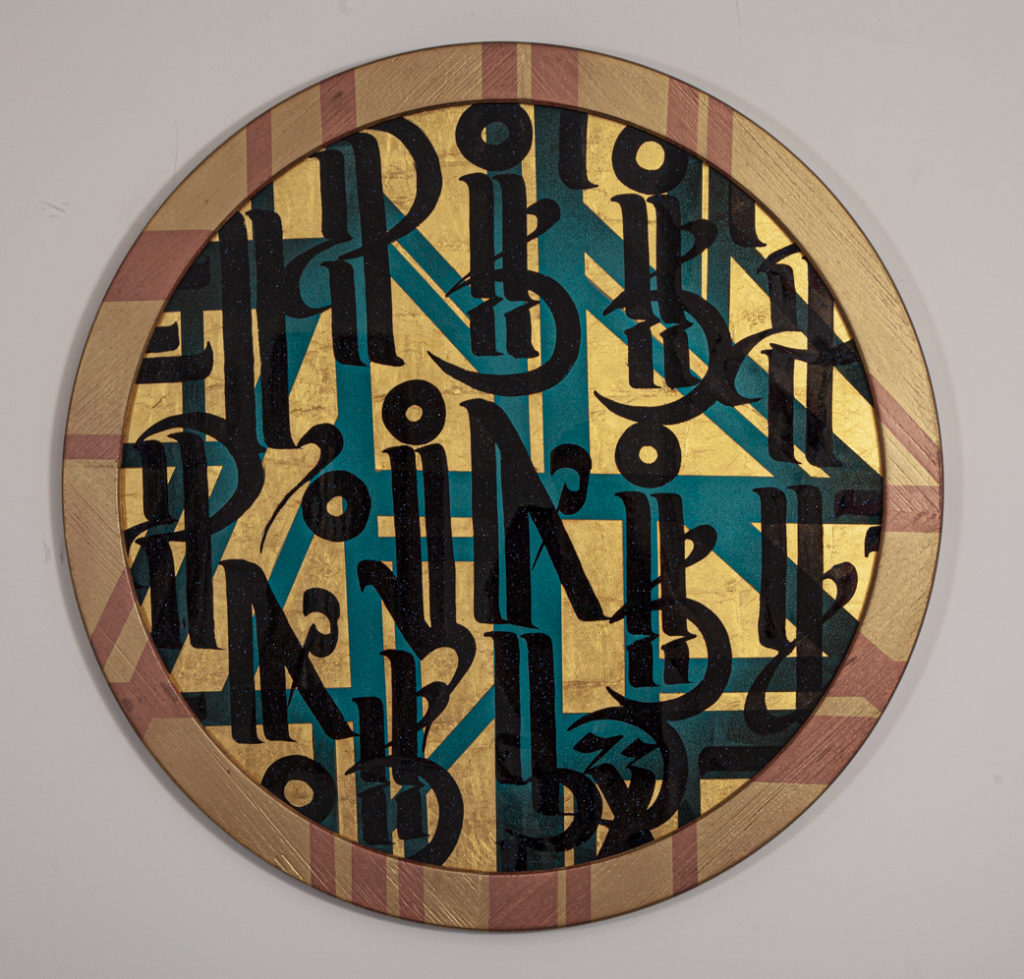
MB: I know you had traveled a lot and that you are always exploring one place or the other, whether it would be China, Europe, or a place in the United States. What do you want from them? How are they fused with your creation?
CM: Travel has had an incredible influence on my work. I am always searching for inspiration from people and cultures. Seeing all the influences that make up a country or a city. Seeing the street art in these places and the messages written on them. Just taking the time to step away and appreciate the world in its different ways is key to me. I make notes, take photos, come back to the studio and with my new motivation I get to work!
MB: How do you see Contemporary art? How do you see yourself in the Contemporary Art?
CM: I see contemporary art as a global movement with the advent of social media. I see that it has changed our way of making art due to the communication power of so many influencers and due to the easy way in which we can access to new forms of art, and the expanded vision it gives us.
It is undeniable that the world is changing with the invent of social media, its new technologies, and its speed in accessing information; this is shifting radically the way we are looking at art in the daily basis. What it used to take decades for a movement to take hold, it is now taking 24 hours.
Even if we cannot travel now or meet new people, you can connect to them through the digital worl today, I will just keep doing art, live in the moment, and let the world figure out where they think I elong. Meanwhile, I will be in my studio painting and tattooing, doing what I most want to do to continue life.
MB: What are your next works? Tell us about it.
CM: Now I am working on new series as we come out of the pandemic. They all revolve around a reveal, “the show must go on”. It is a much more involved process and very dynamic in form. I am using canvas and fiberglass to create a curtain that will only reveal some part of the painting, leaving it half hidden, even furthermore, denying the image and creating an active flow/surface that evolves towards a more mystery in the visual and in the message.
Clark Medley
March 21, 2021


